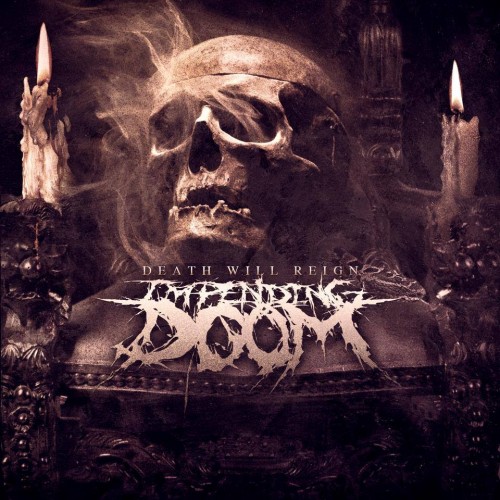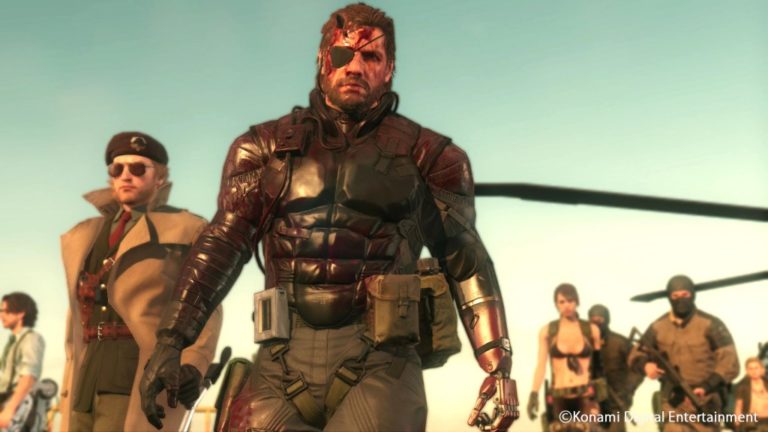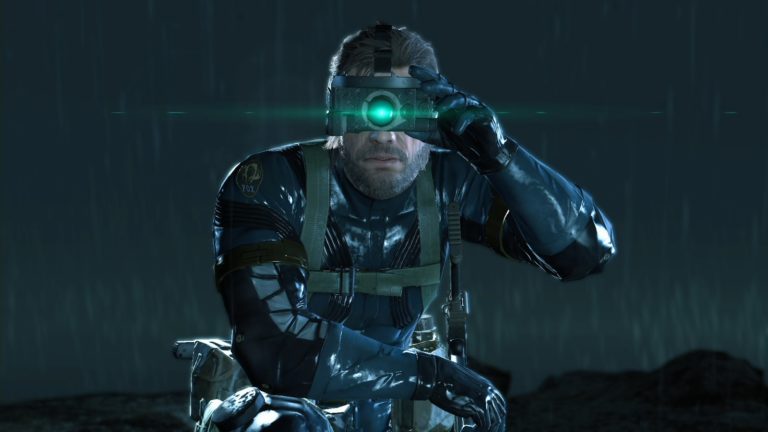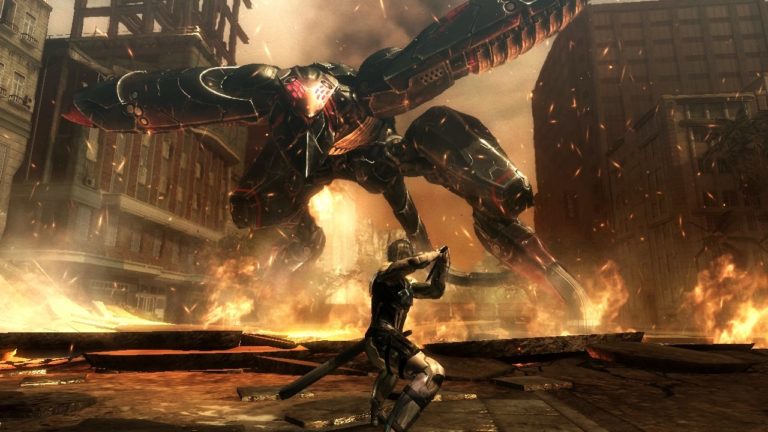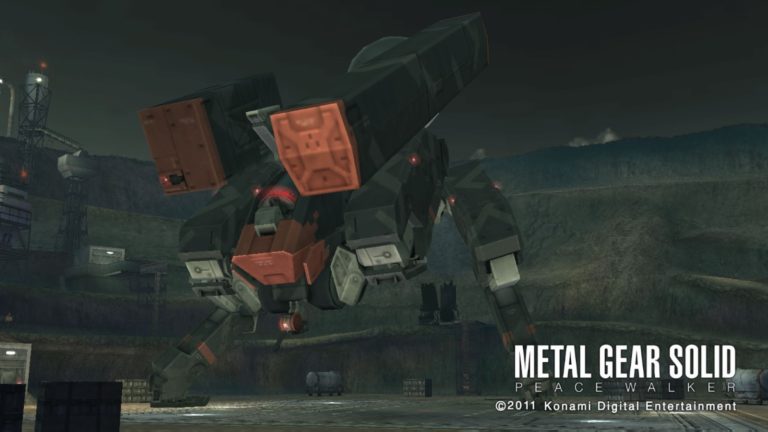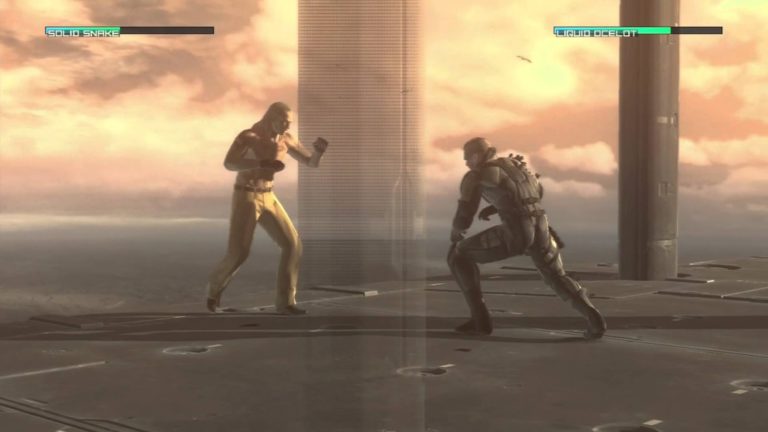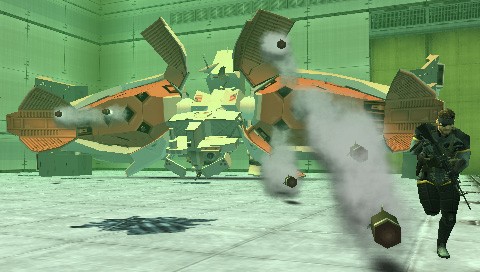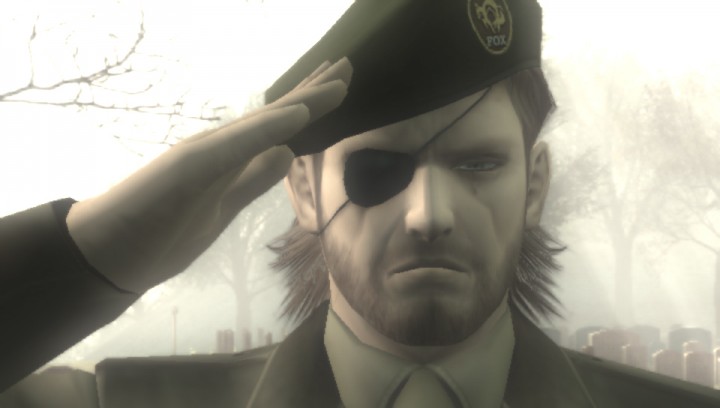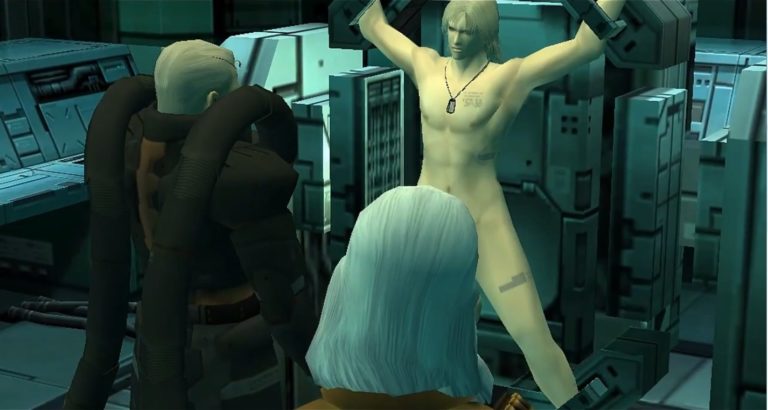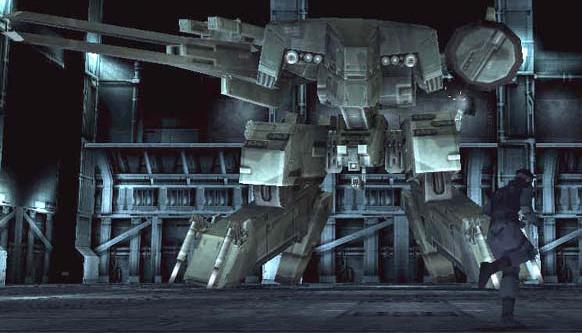As I stated way back in 2013 when I did a retrospective of The Howling franchise, werewolves are...
reviews
There few experiences more baffling in enjoying movies than coming across a movie which is incredibly flawed,...
This happens to be my 200th post on I Choose to Stand, and I’ve put together something...
I saw The Witch in theatres this weekend, and it was a bit of a strange experience....
AFTERTHOUGHTS This has been quite a journey that we have embarked on. It literally took me months...
So finally we come to the most recent entry in the Metal Gear franchise – and likely the...
Welcome back to the Metal Gear retrospective! In this entry we’re going to cover the 10th game in...
Welcome back to the Metal Gear retrospective! In this entry we’re going to be covering the ninth game...
Welcome back to part eight of the Metal Gear retrospective. In this entry we’re going to be covering...
Welcome back to the Metal Gear retrospective! In this entry we’re going to cover the seventh entry in...
Welcome back for part six of the Metal Gear retrospective. In this entry, we’re going to be covering...
Welcome back to the Metal Gear retrospective! In this entry we’re going to cover the fifth canonical installment...
Welcome back to the Metal Gear retrospective! In this entry we’re going to cover the fourth game...
Welcome back to the Metal Gear retrospective! In this entry we’re going to cover the third, and arguably...



